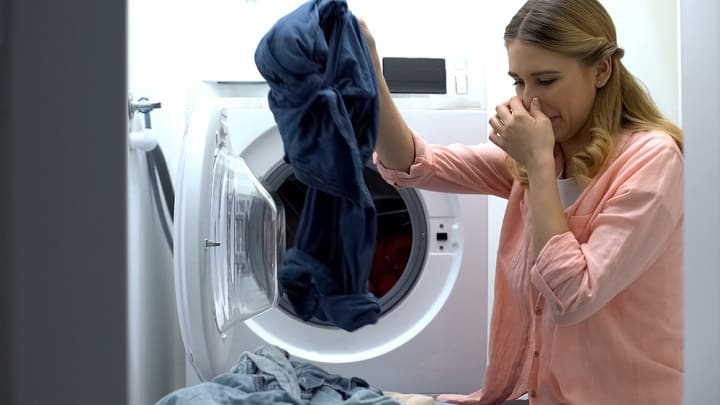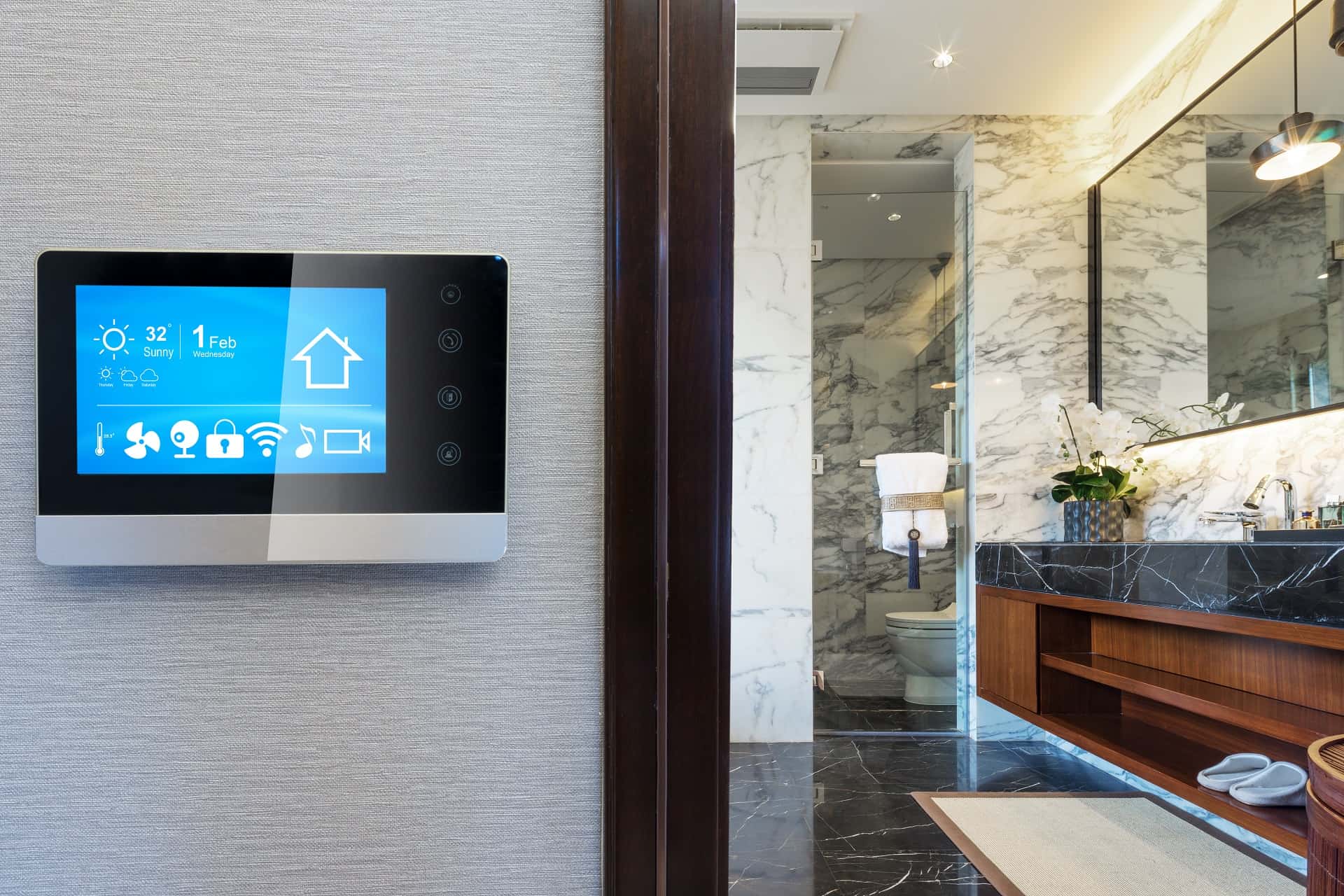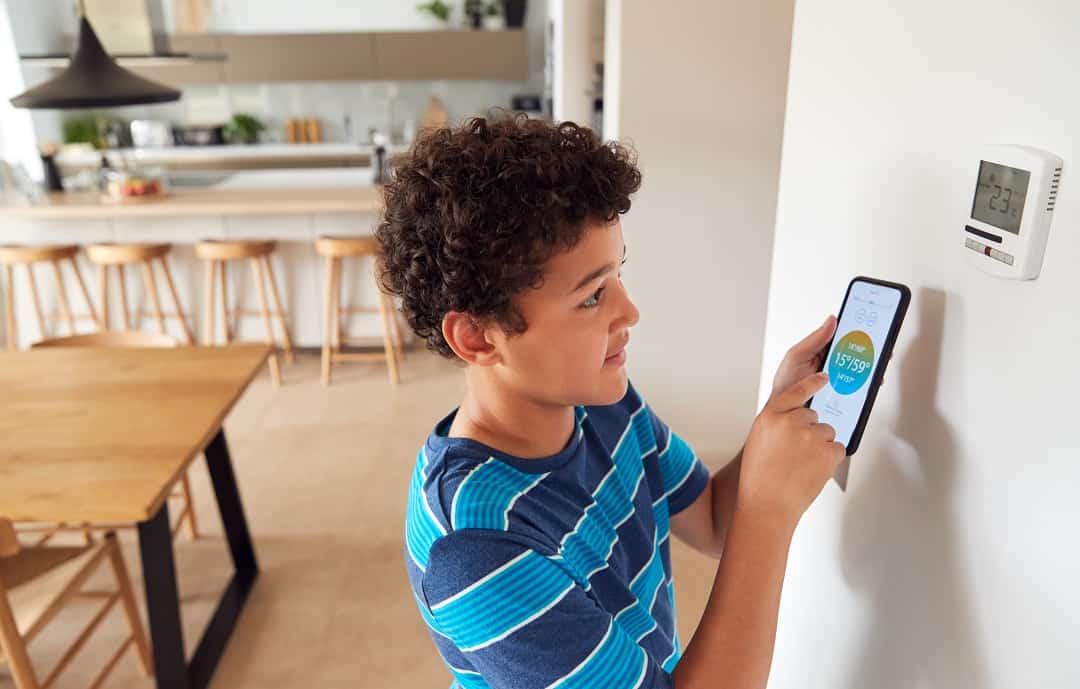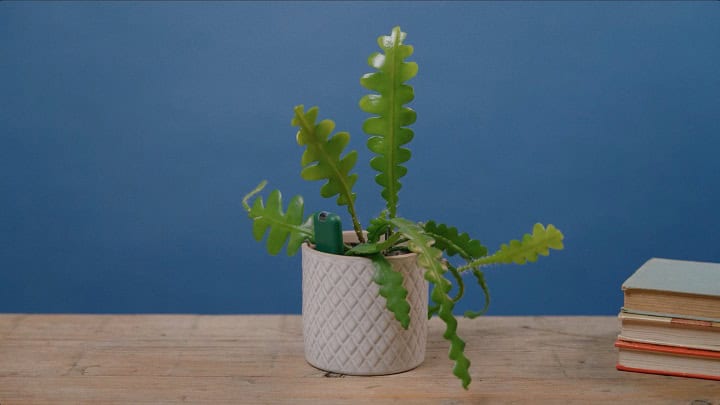Have you ever wished your old washer and dryer could send you a notification when your laundry was done, or even better, tell you when it’s time to transfer your wash to the dryer? Smart laundry appliances seem like a luxury, offering all these convenient features and more, but they often come with a hefty price tag. However, I had a few affordable sensors, a smart plug, and some basic coding skills. I used these to give my old, “dumb” machines an upgrade. In this post, I’ll walk you through how I transformed my old washer and dryer into a smart laundry duo using some clever tricks, simple tools like Home Assistant, and everyday smart devices. This DIY approach not only saved me money but also brought my laundry routine into the 21st century, making it more efficient and a lot less tedious ( plus, I don’t have laundry left forgotten in the wash anymore 😛 ). Let’s dive into how you can replicate this smart home magic in your own home, ensuring you never have to guess if the laundry cycle is complete again!
Why I added smarts to my old washer and dryer
So, I’m not going to lie. This project was hugely inspired by me forgetting to put the freshly washed clothes into the dryer one too many times. I know we’ve all done it. I had a perfectly good, but older, laundry combo with no smarts whatsoever. So I had to remember when the washer or dryer was done to change out my clothes.
Instead of just buying a newer washer and dryer when mine were perfectly fine, I decided to see if I could find a way to notify when the laundry was done. I wanted:
- to know if laundry was being washed
- to know if there were clean clothes left in the laundry for too long
- to know when the dryer was done
- to know if I should put clean clothes in the dryer or not
Seems easy enough, right? Let’s see how I did this.
Materials Used
Here’s the supplies that I used to make this work. Note that I’m assuming you have Home Assistant up and running in your environment. If you want to get started with Home Assistant, check out our post about getting started with Home Assistant.
- Home Assistant Smart Home Hub
- Phoscon ConBee II Zigbee dongle @ Amazon
- Aqara smart plug @ Amazon
- Aqara Door and Window sensor @ Amazon
- Aqara Vibration sensor @ Amazon
- ABS plastic enclosure for the Door and Window Sensor @ Amazon (these things are just about the perfect size for these sensors)
- 3M Command strips for mounting sensors @ Amazon
- Magnet @ Amazon
How I did it
Knowing if the Washer is Running
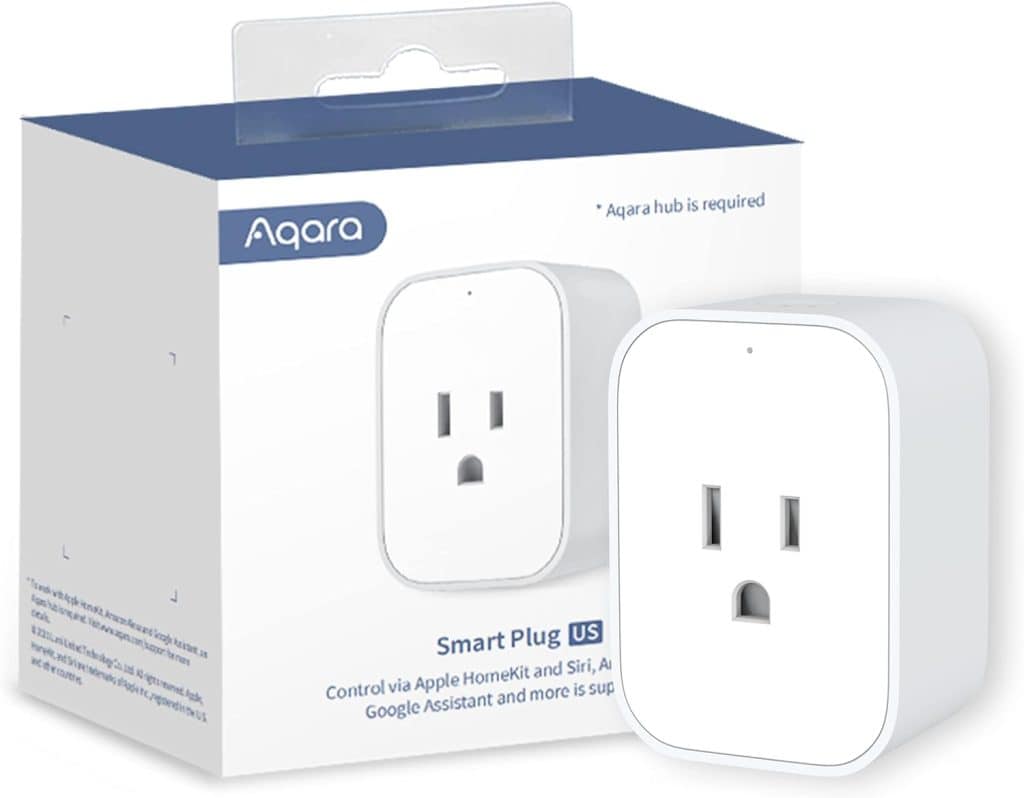
This was the easiest part of the whole process. Since I have a really old washer, I can determine if it is running or not simply by knowing if the washer is using electricity or not. I chose to use a simple smart plug for my washer with power monitoring. That way I can tell if electricity is being used. If power is being used, then the washing machine is running!
This is where I used the Aqara smart plug. These have power monitoring on them, use Zigbee to communicate, and are super easy to install and setup. I just plugged this into the outlet my washer normally runs on, hooked it into Home Assistant, and plugged my washer in.
Now, a word here – the power load of washing machines can vary and not all smart plugs will be able to handle the load from a clothes washer. This one is rated for 15A and so far has been holding pretty steady and temperatures are good on it. You’ll want to have an idea of what your washing machine’s draw is, and what the plug is rated for, then make sure there’s a bit of gap between the two.
Knowing if Laundry is in the Wash
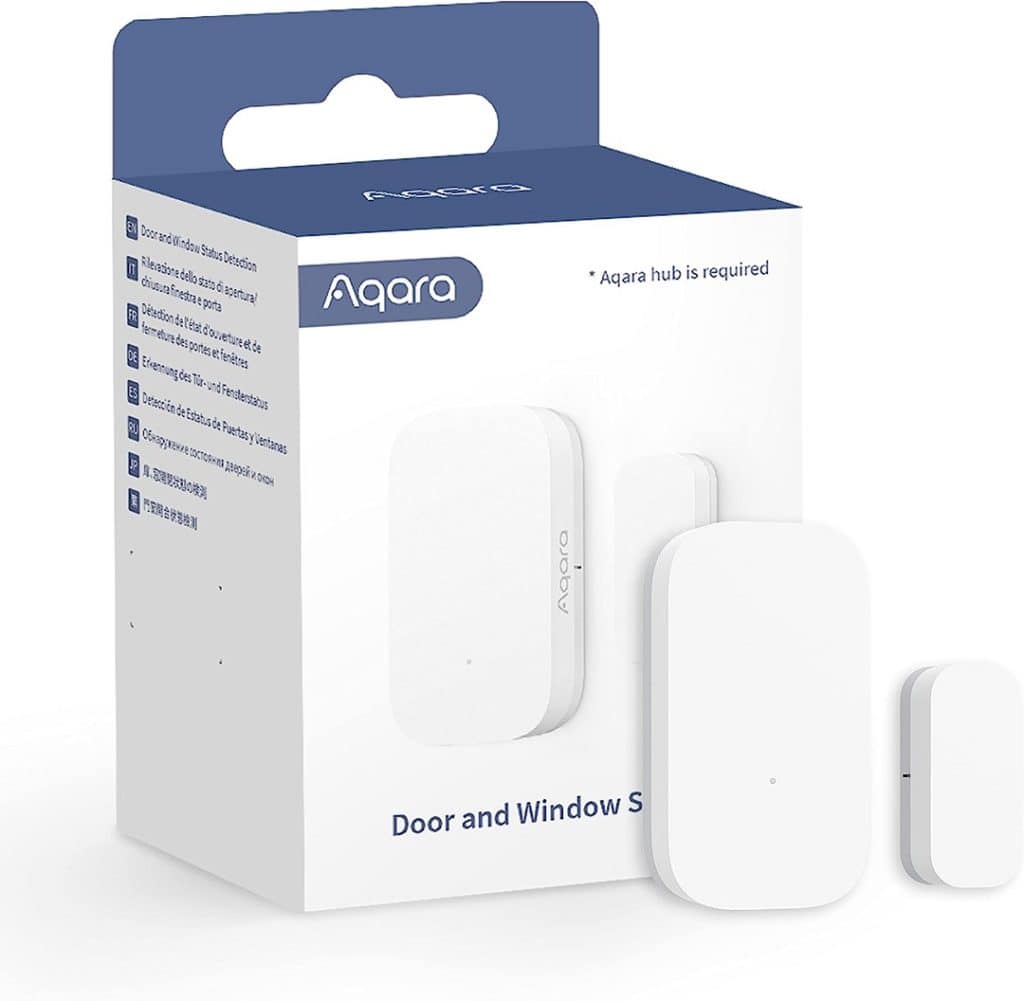
Knowing if laundry was in the wash or not was a bit harder. This one is a mixture of knowing if the washer is running, and knowing how long the door on the washing machine was opened for. If the washer is running, I set a variable that says that laundry is in the wash. To determine when laundry is removed from the wash, I have a door open / close sensor on the inside of the washing machine lid. This sensor is not waterproof, so it’s inside a waterproof casing to help protect it from humidity and any accidents. I mounted the casing to the washing machine lid with a 3M strip, stuffed the sensor in the casing, then placed a strong magnet at where the sensor rests with the door closed. When this sensor is left “open” for more than two minutes, I change the “laundry in the wash” variable back to false.
Knowing if the Dryer is Done
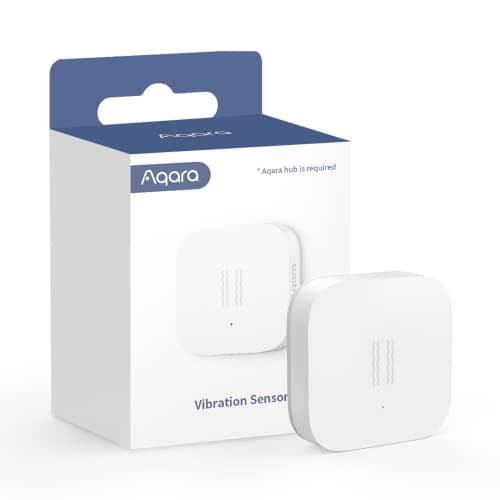
This one was a bit harder. I didn’t want to mess with the 220V outlet here to put a power sensor on the dryer and 220V smart plugs aren’t exactly a thing. Some people have had luck with mounting a motion sensor to their dryer drum, but that involves pulling the dryer out and popping the outer shell off the dryer to epoxy a sensor onto the drum. Remember, the batteries on these sensors last roughly a year ( two if you are lucky ). So I would be opening up the dryer yearly to replace the battery. Pass.
I chose instead to mount a vibration sensor to the side of the dryer, then to boost the sensitivity super high. This allows the sensor to pick up the vibrations from the drum spinning around with laundry in it. As a bonus I don’t have to open up the dryer to replace the battery.
Getting the Information in Home Assistant

In Home Assistant, I have two helpers created to store the state of the laundry. There are two toggles, Dryer Running and Laundry In Wash. Dryer Running is used to store if the dryer is running or not. Since the vibration sensor can occasionally give a false positive if the laundry door is opened or closed, I use a timer and set this helper if the dryer was detected as running for more than 10 minutes. Laundry In Wash stores if there is laundry in the washing machine or not. Basically, has the washing machine drawn power then stopped.
Alerting when the Wash is Done

This is where things get complex. For alerting when the laundry is done, I use automations in Home Assistant. Home Assistant is really nice in that it allows you to create complex automations, and even use raw code if you know how to. These automations handle a couple of different things with my washer and dryer.
- Laundry – Dryer on for x minutes
- Fires if the dryer has been vibrating for more than 10 minutes, if so it sets the Dryer Running helper to on
- Laundry Done Drying
- Fires if the dryer has stopped vibrating for more than 10 minutes
- Confirms that the Dryer Running helper was set to on
- Announces audibly that “Dryer is done.”
- Sets the Dryer Running helper to off
- If Laundry in Wash helper is on, also announces “Laundry in wash needs to go in the dryer.”
- Laundry Done Washing
- Fires if the washing machine’s power draw falls below 2 for more than 10 minutes ( so not just paused between a cycle )
- If Dryer Running helper is off, announces “Laundry is done washing.”
- Laundry Emptied
- Fires if the washing machine lid is open for more than 1 minute
- If the Laundry in Wash helper is on, turns it off.
- Laundry in Wash
- Fires when the washing machine’s power draw goes above 2
- Sets the Laundry in Wash helper to on
- Laundry Still in Wash
- Fires if the Laundry in Wash helper has been On for more than 4 hours
- Announces “Laundry is still in wash.”
These automations handle all of the logic for making sure that the laundry in the washing machine moves to the dryer in an orderly fashion ( instead of being forgotten about ). If you haven’t worked with automations in Home Assistant yet, check out their guide on how to create automations here.
Summary
And that’s how I turned my regular washer and dryer into smart, connected devices without breaking the bank. By adding a few simple sensors and leveraging the power of Home Assistant, I now have a washer and dryer that keeps me informed and makes managing laundry day so much easier. Whether you’re looking to step up your smart home game or just want to make life a little easier, these modifications prove that you don’t need to invest in expensive new appliances to enjoy modern conveniences. So go ahead and give adding sensors to you washer and dryer a shot and let me know how it goes!

